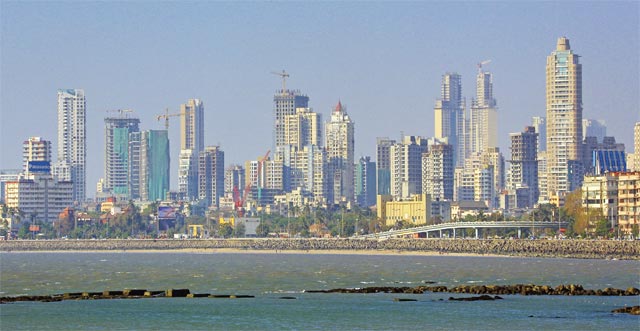(NRI) Non Resident Indian or global investors or anyone whoever it is, India continues to be the preferred destination for real estate developers. The various other investments friendly policies and changed government stands towards Non Resident Indian investments in the country and have positively affected the country’s real estate statistics. The Real Estate Regulation and Development Bill approved by the Union Cabinet in 2013 is a strong initiative which is aimed at delivering a uniform regulatory environment to protect and preserve the interest of the consumers, looking into quick verdicts of disputes and ensuring a smooth as well as planned growth in future.
Genesis:-
When multinationals began shifting their back end offices to India and BPOs demanded vast office spaces to accommodate their staffs during the turn of the millennium, many existing business districts in Indian metro cities could not match up with their requirements. At that time, in metro cities, some established private builders found a way out by creating cyber cities and technology parks on low priced land on the outskirts of city by supplementing these workplaces with smart residential projects for their workers.
Transformation:-
The transformation of the Indian urban landscape is almost unbelievable which was created by the success of one project led by another up to 7 years since then. The barren patches of land in satellite towns attracted global attention as the IT industry flourished and cities like Noida, Gurgaon, Pune, Mohali, Bangalore and Hyderabad became investment spots.
Dynamics of Office Space:-
The spillover was imminent, as cities like Kolkata, Ahmedabad, Chennai,Visakhapatnam, Bhubaneswar, Nagpur and Thiruvananthapuram similarly leveraged on their skilled man power to welcome the IT and biotech industries. And cities like Ghaziabad and Jalandhar and Surat propelled in manufacturing industry, which have performed remarkably well in the last few years.
The urban landscape in India is currently undergoing through a transmutation as the real estate wave engulfs low profile locations in Tier II and Tier III cities. With the incomes growth and retail markets inroads; multiplexes and shopping malls, luxury and budget hotels, serviced apartments, resorts, IT Parks and Special Economic Zones, residential townships and condominiums are not the preserved of Tier I cities such as Mumbai or Delhi or Bangalore or Chennai or Hyderabad or anymore.
Global Attention Invitation:-
In 2005, Indian Government opened the doors of real estate to foreign direct investment (FDI). Waiting on the wings brought a host of investors, who rushed in with funds that are expected to touch billions of US $.
The Tier II cities of Kolkata,Pune, Ahmedabad and Chandigarh and the emerging Tier III cities are being viewed as lucrative investment projects by global equity players, mutual funds and venture capitalists.
Laterally and Vertically Growing:-
Challenging on the enormous potential of the real estate market in India, overseas real estate developers cut across all verticals to establish themselves in residential, hospitality, commercial, SEZs, infrastructure and health.
Adopting the latest construction technology to projects which meet global standards, Indian real estate developers like the Epitome by Radius Developers have not been found to wait also. Supported by round the clock power and water supply, the contemporary architecture and state of the art facilities in aesthetically designed environs, real estate of India has much to offer.
